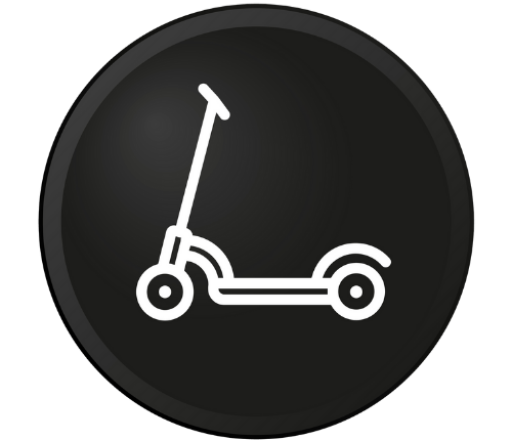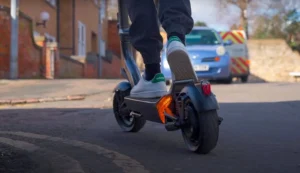With the increasing demand for eco-friendly transportation, battery-powered scooters (battery scooties) have become a popular choice among urban commuters.
They offer a convenient, cost-effective, and environmentally friendly alternative to traditional gasoline-powered scooters. However, with a plethora of options available in the market, selecting the right battery scooty can be a daunting task.
This guide will help you navigate through the key factors to consider when choosing the perfect battery scooty for your needs.
1. Determine Your Needs
Before diving into the technical specifications, it’s essential to assess your personal requirements. Consider the following questions:
- What is your daily commuting distance?
- What type of terrain will you be riding on (flat, hilly, rough roads)?
- Do you need a scooty for city commuting, long-distance travel, or occasional use?
- What is your budget?
Understanding your specific needs will help narrow down the choices and focus on models that meet your criteria.
2. Battery Type and Capacity
The battery is the heart of a battery scooty. Two primary types of batteries are used in electric scooters: lead-acid and lithium-ion.
Lead-Acid Batteries
- Pros: More affordable, widely available.
- Cons: Heavier, shorter lifespan, longer charging times.
Lithium-Ion Batteries
- Pros: Lighter, longer lifespan, shorter charging times, more efficient.
- Cons: More expensive.
When choosing a battery, consider its capacity, measured in watt-hours (Wh) or ampere-hours (Ah). A higher capacity battery will provide a longer range, which is crucial if you have a long daily commute.
3. Range and Charging Time
The range of a battery scooty indicates how far it can travel on a single charge. Most scooters offer a range between 50 to 100 kilometers. Choose a model with a range that exceeds your daily commuting needs to avoid frequent recharging.
Charging time varies significantly between models. Lithium-ion batteries typically charge faster (around 3-5 hours) compared to lead-acid batteries (6-8 hours). If you have access to charging facilities at home or work, ensure the scooty’s charging time fits your schedule.
4. Motor Power and Performance
Motor power, measured in watts (W), affects the scooty’s performance, including its speed and ability to handle inclines. Common motor power ratings range from 250W to 1000W or more. For city commuting, a 250W to 500W motor is usually sufficient. However, if you need more power for hilly terrain or higher speeds, opt for a higher wattage motor.
5. Build Quality and Design
The build quality and design of the scooty contribute to its durability and comfort. Look for models with:
- Robust Frame: Made of high-quality materials like steel or aluminum.
- Suspension System: Ensures a smooth ride on rough roads.
- Braking System: Reliable brakes (disc or drum) for safety.
- Ergonomic Design: Comfortable seat, ample legroom, and easy-to-reach controls.
6. Features and Accessories
Modern battery scooties come with various features and accessories that enhance convenience and safety:
- Digital Display: Shows speed, battery level, and other vital information.
- LED Lights: For better visibility and safety at night.
- Storage Compartments: For carrying personal items.
- Smart Connectivity: Bluetooth, GPS, and mobile app integration for tracking and control.
7. Brand Reputation and After-Sales Service
Choose a scooty from a reputable brand known for quality and reliability. Research customer reviews and ratings to gauge user satisfaction. Additionally, ensure the brand offers good after-sales service, including warranty, maintenance, and availability of spare parts.
8. Test Ride
If possible, take a test ride to experience the scooty’s performance, comfort, and handling. Pay attention to its acceleration, braking, and ease of maneuverability. A test ride can provide valuable insights that specifications alone cannot.
9. Cost and Financing Options
Lastly, consider the overall cost, including the purchase price, maintenance, and running costs. Many manufacturers offer financing options, which can make it easier to afford a higher-quality model.
Conclusion
Choosing the right battery scooty requires careful consideration of your needs, battery type, range, motor power, build quality, features, and budget.
By evaluating these factors and taking a test ride, you can find a battery scooty that offers the perfect blend of performance, convenience, and value for your daily commute.
Embrace the future of transportation and enjoy the benefits of a cleaner, greener ride with your ideal battery scooty.



